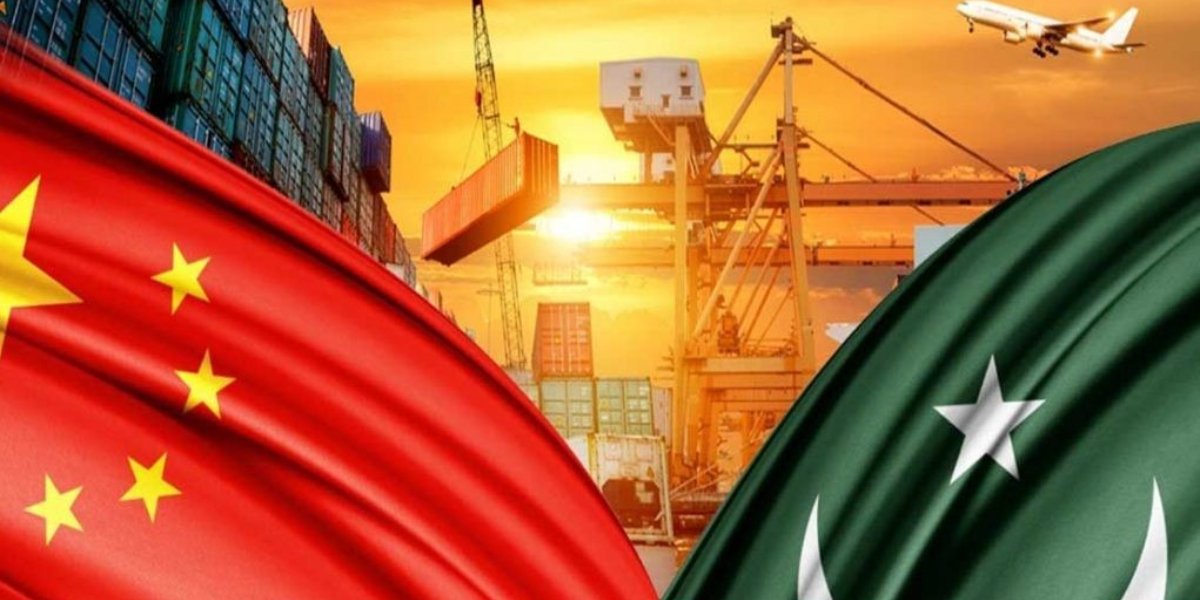The China-Pakistan Economic Corridor (CPEC), a massive infrastructure and economic development project launched in 2013, has sparked a significant shift in the dynamic between two of Asia’s key allies. This transformative project has reshaped not only the region’s economic landscape but also the bilateral ties between China and Pakistan, impacting the broader regional political landscape.
Once founded on camaraderie and the same goal, the Sino-Pak partnership has undergone a dynamic metamorphosis since the advent of CPEC. This multibillion-dollar project consists of a network of energy facilities, railroads, and highways to improve connectivity and stimulate the economy being the centerpiece of the China Belt and Road Initiative.
Given the importance of CPEC, it’s crucial to deeply examine its impact on China and Pakistan’s relationship. This includes looking at its strategic consequences, security concerns, and the changing regional power dynamics, not just the financial benefits. This analysis will help us understand if CPEC truly leads to stronger cooperation or simply adds more layers of complexity to the delicate balance of power between nations.
Decades of China-Pakistan friendship led to CPEC’s 2013 launch, marking a shift in their relationship. Built on trust and cooperation, CPEC strengthens its strategic ties and opens new economic avenues. Understanding this history is key to analyzing CPEC’s impact on their evolving bond and regional dynamics.
Pakistan’s economic environment has seen a dramatic transformation due to the profound economic effects of the CPEC. By making large investments in energy and infrastructure projects, CPEC has boosted economic growth and met vital development demands. A stronger industrial base has resulted from the corridor facilitation of technology transfer and creation of job opportunities.
However, there are concerns about the economic gain fair distribution and long-term viability examining whether the projected economic upliftment translates into real benefits for nearby communities is necessary to evaluate the impact of CPEC.
The economic health of China and Pakistan significantly influences their standing in the global arena. Therefore, understanding the economic aspects of CPEC is crucial to evaluate its impact on regional dynamics.
Security Considerations
Securing CPEC’s success hinges on a delicate balance between security and economic development. As a centerpiece of China’s BRI, it reshapes South Asia’s geopolitical landscape, impacting regional power dynamics, economic integration, and political ties through its extensive infrastructure development and economic cooperation. Pakistan has dedicated resources to fortifying the corridor with a separate security division, yet ongoing insurgencies and geopolitical tensions underscore the need for scrutiny.
India has expressed concerns about CPEC due to perceived strategic implications and sovereignty issues. The project’s impact on neighboring countries may alter regional alliances and collaborations, adding complexity to the dynamic geopolitics. The strengthening connection between China and Pakistan through CPEC introduces a new dimension to regional geopolitics.
The development of the Gwadar Port in Pakistan, a key component of CPEC, significantly affects the strategic importance of the Indian Ocean. This infrastructure enhances China’s maritime access and presence, influencing regional economic routes and naval tactics.
Environmental Concerns
CPEC complicates the evaluation of its effects on bilateral relations and regional dynamics by calling for a rigorous analysis of environmental issues. The construction of the Gwadar port, power plants, and other large-scale infrastructure projects all have an impact on the environment.
The ecological viability of CPEC is called into doubt by construction activity, deforestation, and changes to the natural environment. An extensive examination of the environmental impact is required due to the possible disturbance of ecosystem contamination of the air, water and elevated carbon emissions. For CPEC to be successful in the long run and to play a part in regional dynamics, economic development, and environmental protection must be balanced.
Incorporating environmentally friendly technologies and advancing renewable energy in concert with Pakistan would guarantee the sustainability of CPEC. This approach not only shapes public attitudes toward responsible development but also enhances the comprehensive evaluation of CPEC.
CPEC significantly impacts bilateral relations and regional dynamics. Economically, CPEC has transformed Pakistan, fostering infrastructure growth. However, concerns persist regarding the fair allocation of benefits and the potential drawbacks of excessive dependence on China.
Addressing environmental issues, security considerations and regional reactions is crucial for the sustained success of CPEC. Achieving a careful balance between resolving these challenges and fostering economic development is imperative.
The ever-changing nature of the Sino-Pak relations and the regional geopolitical landscape underscores the significance of CPEC as a case study. It contributes to the broader conversation about the intersection of economic relationships, security, and environmental sustainability. Understanding how these factors converge is essential for shaping the future trajectory of CPEC and its implications on a global scale.
**The opinions in this article are the author’s own and do not necessarily represent the views of The Diplomatic Insight. The organization does not endorse or assume responsibility for the content.
Muhammad Idrees Khan is a contributing author on TDI.



